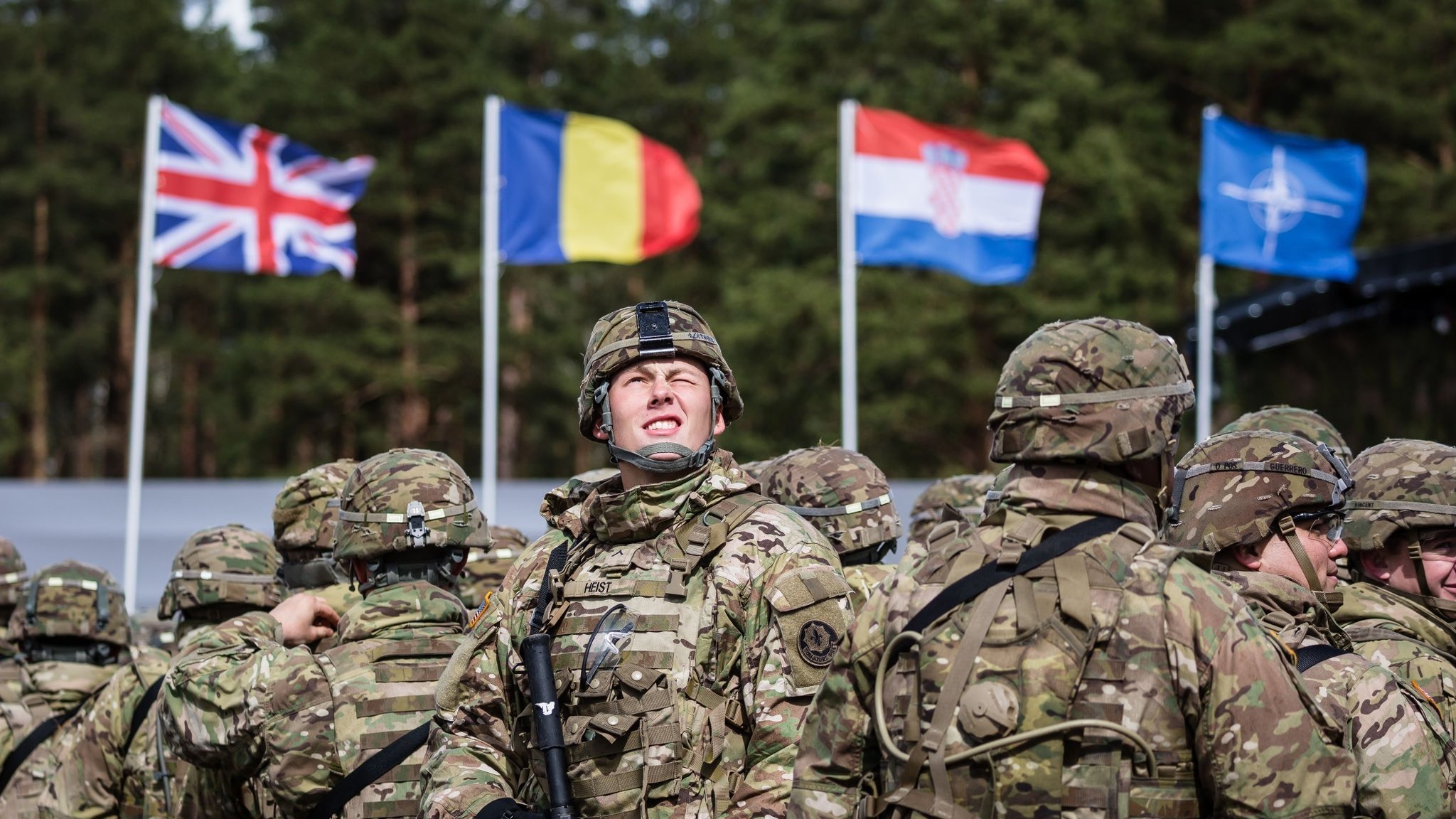
Without U.S. support, European countries will have to mobilize up to 300,000 soldiers and invest €250 billion annually in defense to counter Russian military power.
This is evidenced by the analysis of a new study by the Brussels-based Bruegel Research Institute and the Kiel Institute for the World Economy.
It is estimated that Europe will need to make significant defense investments of about €250 billion per year to effectively counter Russian military power.
The authors assume that Europe will have to deploy about 50 additional brigades totaling 300,000 soldiers. This would require at least 1,400 new tanks and 2,000 infantry fighting vehicles, which would exceed the current stocks of all the ground forces of Germany, France, Italy, and the United Kingdom. In addition, Europe would have to produce about 2,000 long-range drones annually.
“Even if the scale is large to begin with, it is economically manageable given the economic power of the EU, and the additional costs are only about 1.5% of EU gross domestic product. This is far less than what had to be mobilized to overcome a crisis, for example, during the Covid pandemic,” Professor Guntram Wolff, co-author of the analysis and senior fellow at the Kiel Institute for World Economics, shared.

The authors emphasize that Russia has significantly increased its military capabilities, despite the heavy losses in the war in Ukraine.
At the end of 2024, the Russian grouping of troops in Ukraine numbered about 700,000 soldiers. This is significantly more than during the invasion in 2022. In addition, about 1,550 tanks and 5,700 armored vehicles were produced and refurbished in 2024, an increase of 220% and 150%, respectively, compared to 2022. Russia has also made significant progress in the production of drones and other long-range weapons.
“Russia can build up a sufficient military force to attack EU countries in the next three to ten years. We must classify this as a real danger. This is another reason why it is in Europe’s interest to prevent a Russian victory in Ukraine, which could further fuel Russian aggression,” Wolff said.
According to the analysis, one of the biggest problems is the coordination of European troops. While the US armed forces operate as a single entity, European armies are divided into 28 national armed forces.
“It will cost us more if each country tries to defend itself. Self-defense is more expensive than collective defense. That is why closer coordination and joint procurement are important,” Wolff noted.
The authors propose increasing European defense spending from the current 2 percent to 3.5-4% of GDP per year. This would mean that the EU and its member states would have to jointly raise an additional €250 billion annually.
Half of this could be financed by European debt and used for joint intergovernmental procurement, which would provide cost advantages over national procurement. The other half could be financed by member states through national defense spending.
Підтримати нас можна через:
Приват: 5169 3351 0164 7408
PayPal - paypal@mil.in.ua
Стати нашим патроном за лінком ⬇
Subscribe to our newsletter
or on ours Telegram
Thank you!!
You are subscribed to our newsletter